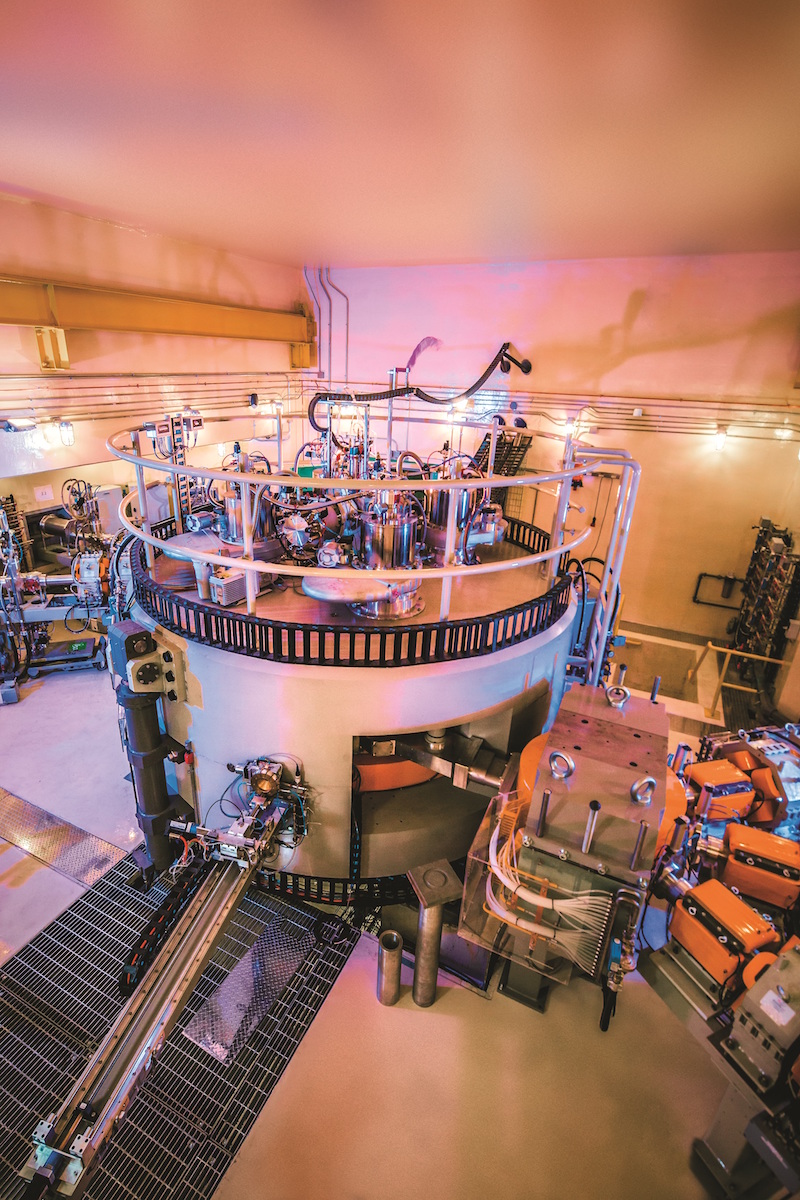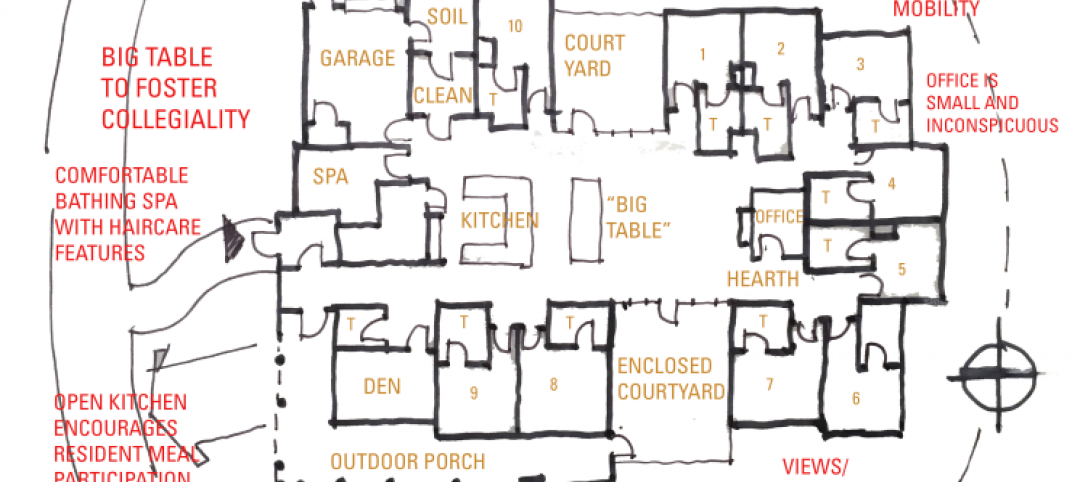Zevacor Molecular, a healthcare firm that manufactures PET and SPECT radiopharmaceutical products, installed the first and largest commercial 70-million electron volt (MeV) cyclotron dedicated to producing medical isotopes for the global market. Based in Noblesville, IN, Zevacor’s primary focus is to manufacture Strontium 82 and Germanium 68, although it is capable of producing a wide variety of other radioisotopes (atoms with excess energy) for both research and clinical applications.
“Each of these drug products have a certain affinity within the body and will preferentially go to the targeted disease,” said Todd Hockemeyer, Vice President of Quality and Regulatory Affairs at Zevacor. “It’s kind of like a car and driver. The driver is the radioactive isotope connected to a chemical, the car, which will go to a certain place in the body. Often a PET scan is combined with a CT scan to match it up with your anatomical body to see which organs the radioactivity, and therefore the disease, might be located in.”
The 70 MeV, 140-ton cyclotron was manufactured by Ion Beam Applications (IBA) in Belgium. The cyclotron is housed in an 11,000-cubic-yard concrete vault with 300 tons of reinforcing steel rod. It required more than 1,300 trucks of concrete to complete the project. On one Saturday, over 300 trucks made one continuous pour to create the foundation, as this “raft” cannot shift and have a deflection of more than 1 mm without degrading the energy beam.
Manufacturing Strontium 82 requires a lot of energy. Most of the equipment involved in the process is powered pneumatically with compressed air, but Zevacor estimates its annual power bill at $1 million, with three-fourths of that energy spent cooling water to keep the cyclotron and targets from overheating.
 Viega ProPress was used on the HVAC lines
Viega ProPress was used on the HVAC lines
“The heat from highly purified water used to cool the targets and critical cyclotron components is transferred to another isolated chill system filled with purified water,” Hockemeyer said, “which is then cooled by a chill water system using water from the local utility.”
The cyclotron is housed with six other vaulted areas, each supplied with two separate sets of copper pipes—one for feed water to make the purified water supply and the other to extract the heat. Because purified water is extremely corrosive to copper, the copper pipe does not come in contact with that water. It only goes to the filtration system that purifies the water upon which it is transferred to the target through a PVC line.
“The integrity of that chilled water system is critical,” Hockemeyer said. “If the cooling system shuts down, so does our cyclotron.”
That’s why Zevacor chose Viega ProPress for copper over soldering.
“We understood how important it was to have highly purified water and a water containment system that’s reliable and doesn’t leak and doesn’t fail,” Hockemeyer said. “The cost of a failure is far in excess of any money we might shave off the installation process because we used welded fittings.”
Zevacor also chose Viega to reduce the danger of contamination and particles in the piping, which can become radioactive and create different problems with hazardous waste water.
Viega
800.976.9819
insidesales@viega.us
For the complete story, visit the Viega website here.
Related Stories
Healthcare Facilities | Jun 10, 2016
Top 10 health technology hazards include some influenced by space design
ECRI Institute’s annual list includes operational and workflow issues.
Healthcare Facilities | May 30, 2016
CBRE finds that investors are still flocking to healthcare sector
Over the past year, healthcare accounted for nearly one-fifth of all new jobs in the U.S.
Big Data | May 27, 2016
Analytics alone won't save money for healthcare facility owners
Advanced technology provides insight into the actions necessary to cut costs, but it's the people, processes, and implementation that make a difference with analytics, writes CBRE's Paul Oswald.
Hospital Design Trends | May 19, 2016
CannonDesign releases new white paper on advancements in operating room environments
"Surgical Suites: Emerging Approaches to Planning and Design" offers solutions for collaboration and technology integration.
Healthcare Facilities | May 6, 2016
Infographic: The greening of healthcare
By adopting green building and sustainable practices, healthcare facilities can save $15 billion over 10 years. Skanska's infographic spells it all out.
Healthcare Facilities | Apr 29, 2016
How improving emergency department design leads to greater hospital efficiency
Efficient ED operations result in shorter wait times, quicker diagnosis and care plans, maximum utilization of high-cost human and physical resources, and overall better patient experiences and patient satisfaction scores, writes CBRE Healthcare's Curtis Skolnick.
Healthcare Facilities | Apr 24, 2016
A symposium in New Jersey examines how a consolidating healthcare industry can better manage its excess real estate
As service providers position themselves closer to their communities, they are looking for ways to redirect non-core buildings and land for other purposes.
Senior Living Design | Apr 14, 2016
Creating a home for eldercare using the ‘Green House’ design concept
VOA Associates’ Douglas King offers design considerations in implementing the Green House concept in eldercare for continuing care retirement communities.
Adaptive Reuse | Apr 7, 2016
Redevelopment plan announced for Chicago’s historic Cook County Hospital
The century-old, Beaux Arts architecture-inspired hospital will transform into a mixed-use development.
Industry Research | Apr 7, 2016
CBRE provides latest insight into healthcare real estate investors’ strategies
Survey respondents are targeting smaller acquisitions, at a time when market cap rates are narrowing for different product types.
















